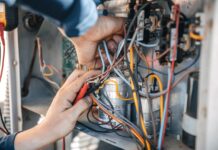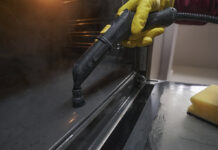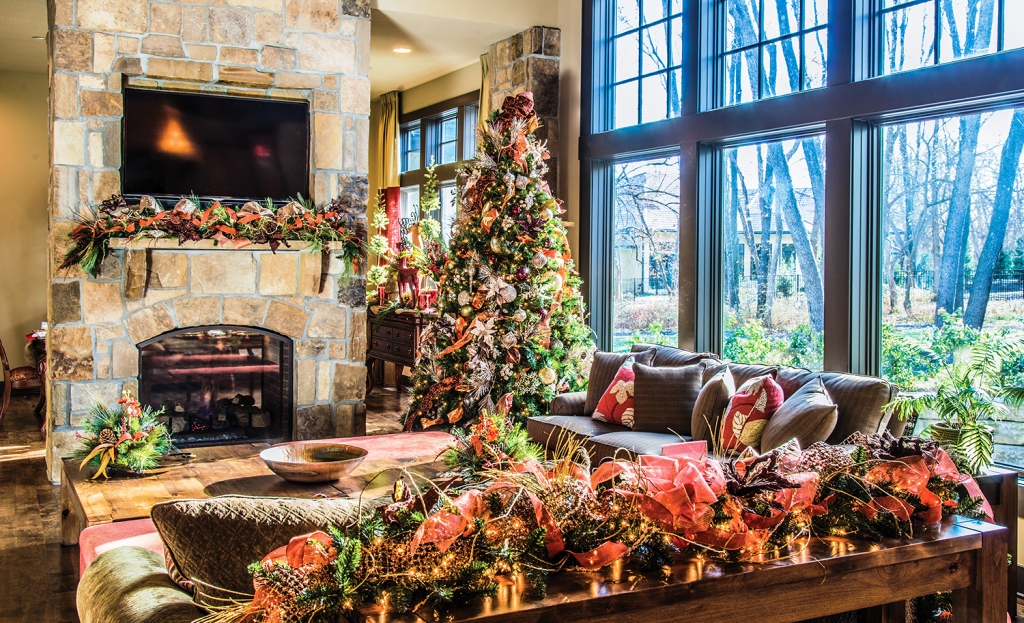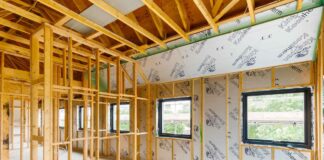Furnace systems are installed in homes to provide heating when the weather is cold. They work by burning fuel, such as natural gas or oil, to generate heat, which is then distributed throughout your home through a system of ducts and registers.
If you are experiencing a situation where your furnace seems to run continuously, there could be any of a number of reasons for this. We’ll discuss some of the most common problems below. If you are having trouble because the furnace is making noise, that may be a separate issue that needs to be addressed.
Reasons why a furnace may continue to run without clicking off as you would expect, include the following situations.
Thermostat Settings
If the thermostat is set to a constant temperature, the furnace will continuously run to maintain that temperature. Some thermostats have a “hold” setting, which allows the user to set the temperature to a certain level and have the furnace run continuously until the “hold” setting is turned off.

If the thermostat is set to a too-high temperature, the furnace will also run continuously to reach the desired temperature. Many homeowners mistakenly believe that they can heat their homes faster by setting a thermostat well above their target temperature but this is not correct. Your heating system will not heat your home any faster this way but you will likely forget that you moved the thermostat upward and find yourself sweating from the excess heat, not to mention the extra costs of wasted energy.
Insufficient Insulation
If a house is poorly insulated, heat will escape quickly through the walls, roof, and floors. As a result, the furnace will need to run continuously to keep the building warm. Insufficient insulation can also cause the furnace to work harder than it needs to, which can lead to higher energy bills and reduced efficiency.
Ideally, you will want to upgrade the insulation in your home to help your furnace heat more efficiently. If you are unable to do so due to budget constraints or because you are in a rented property, there are still some low-cost measures you can take to improve the ability of your furnace to keep your home adequately heated. If you are a homeowner, you may be eligible for government incentives to help with improving your home energy efficiency.
- Seal air leaks: Ensure your check for air drafts around entrances and openings, and use caulk or weatherstripping to seal any gaps with weatherstripping or caulk.
- Insulate: Add insulation to the attic, walls, and floors to help keep the heat inside the house and cold air outside.
- Window treatments: Heavy curtains or blinds can help keep the cold air out of the house during the winter.
- Door sweeps: Door sweeps can be installed at the bottom of doors to keep drafts from entering the house.
- Draft stoppers: Draft stoppers can be placed at the bottom of doors to keep drafts from entering the house.
- Weather stripping: Weather stripping can be added to door and window frames to help seal gaps and keep cold air out.
- Check and clean chimneys and flues: Make sure that chimneys and flues are clean and free of debris to prevent drafts and improve efficiency.
- Check and maintain the heating system: Regular maintenance of the heating system can help it to run more efficiently and keep the house warm.
Dirty Air Filters
A dirty air filter can blow air from flowing through the furnace, which can cause the furnace to run continuously. The filter can become clogged with dust, dirt, and other debris, which makes it harder for the furnace to pull in enough air to function properly.
You should replace your air filters once every quarter. You may want to change it more often during periods of heavy use. During winter use, many homeowners change their filters once each month. Be sure to use the correct size and type for your system and with a suitable MERV rating.
Failed Limit Switch
A limit switch that’s malfunctioning can be an easy explanation for why your furnace runs continuously. The limit switch is designed to turn off the furnace if the temperature inside the furnace becomes too high. If the limit switch fails, the furnace will continue to run, which can be dangerous and lead to a breakdown of the furnace. If you feel you may have an issue with your limit switch, seek help from a professional HVAC technician immediately.
Blocked Vents
Blocked vents can cause the furnace to run continuously by restricting the flow of air through the ductwork. This can happen when furniture, drapes, or other items are placed in front of the vents, which can impede the flow of air. All vents should have at least an 18-inch clearance around them or you can use airflow guards to redirect away from nearby objects.
Additionally, if the ductwork is dirty or clogged, this can also restrict airflow and cause the furnace to run continuously. Regular scheduled maintenance and cleaning can prevent this issue.
Faulty Fan
The blower fan is a key part of the furnace system. It is responsible for blowing warm air into the rooms. A faulty fan won’t be able to blow the warm air, which causes the furnace to keep running as it is trying to heat the area but the warm air can’t be distributed. This problem can cause your furnace to overheat, so you’ll want to contact your preferred HVAC company for immediate repairs.

Conclusions
A continuously running furnace can be caused by various issues, including thermostat settings, insufficient insulation, a dirty air filter, a failed limit switch, blocked vents, or a faulty fan. It is important to address these issues promptly to maintain the furnace’s efficiency and ensure your family’s safety.
A regular maintenance schedule, checking the thermostat and air filters, and making sure vents are clear of blockages can help to prevent issues with a furnace running continuously. If you suspect any of these issues, it is best to call a professional HVAC technician to diagnose and fix the problem before it becomes a much larger issue and to avoid unexpected repairs when they are the least convenient.
















